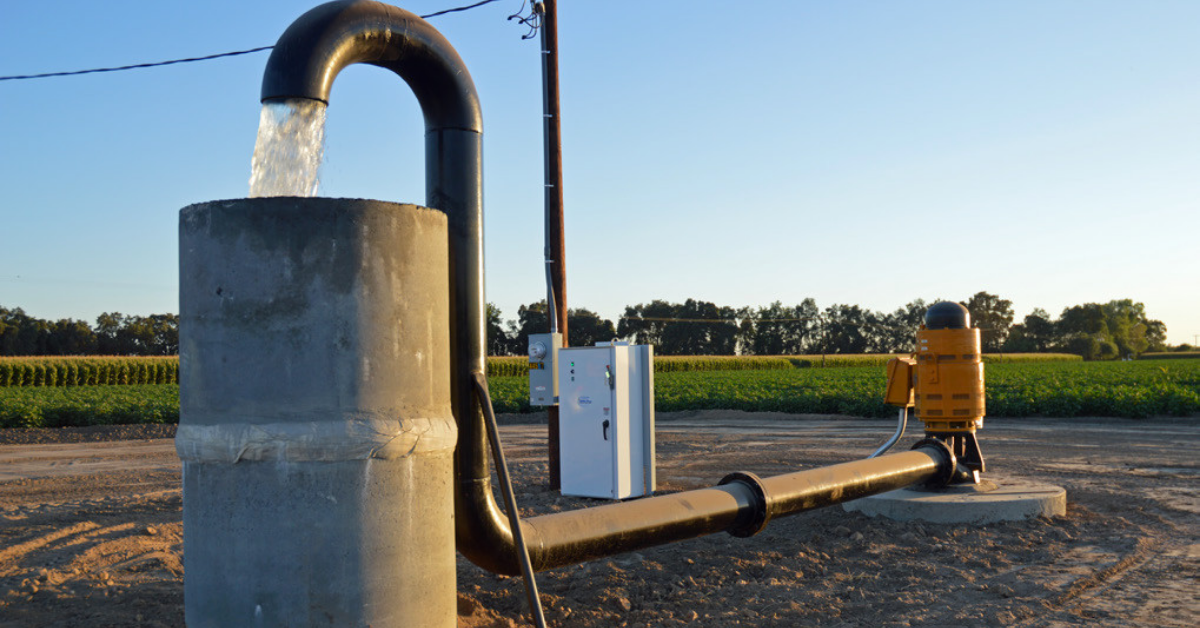California’s Governor Gavin Newsom released Executive Order N-7-22 on March 28, 2022 in response to the state’s ongoing drought conditions. It is effective immediately and covers the entire state.
The entire order could perhaps be viewed as part five of his four previous drought related executive orders from 2021.
The order is formatted like a proclamation, it has two pages of “whereas” explaining the Governor’s thoughts on why the order is needed. He blames everything on climate change and doesn’t mention any other causes such as the possibility of government mismanagement of storage and supplies. However, in whereas number five he does mention farms alongside vulnerable communities and fish and wildlife, so at least agriculture wasn’t ignored. Page two yields a therefore let it be written, let it be done followed by four more pages listing 15 items or directives.
The items include:
- Urging Californians to conserve water
- Tasks the State Water Resources Control Board to consider adopting emergency regulations to gather data from urban water suppliers showing how they’ve managed their water shortage plans
- Tasks the Department of Water Resources to consult with the commercial, industrial and institutional sectors to define regulations that will ban watering lawns but not ornamental trees basically. Item 4 exempts school fields, sports fields and parks – so it looks like the golfing community can breathe easier – for now
- The California Environmental Quality Act will be suspended in some cases
- Sections of the Water Code will be suspended to expeditiously consider petitions that add a fish and wildlife beneficial use
- State Board is tasked with stepping up inspections of illegal diversions with warrants if property access isn’t granted
- County permits for new wells or altering existing wells must be reviewed by Groundwater Sustainability Agencies before they can be granted
CEQA Exemptions
The California Environmental Quality Act has morphed from a well-intentioned law to protect habitat and communities from pollution and rapacious spoilage to a blunt, obstructionist weapon to use in lawsuits. You may recall recently a so called neighborhood group sued the University of California, Berkeley to limit its student enrollment claiming the higher number of students violated CEQA. Almost any imaginable project from construction to water infrastructure has to go through the CEQA process and is open to legal wrangling.
The executive order suspends CEQA review for certain recharge and infrastructure projects. Local and state agencies can capture flood water for recharge without going through CEQA. SGMA grant funded recharge projects are exempt from CEQA.
Although this looks like good news for capturing flood waters and improving the aquifer there are strings attached. The Secretary of Natural Resources has to review the project and determine their eligibility under this order. The Secretary is Wade Crowfoot and he has a reputation for being more balanced than many other regulators and bureaucrats in Sacramento.
One of the big questions being asked about this part of the order is – does the CEQA pass apply to supplies, projects or both? There are people working to answer these questions and help flesh out the order for practical applications.
Item 9
One of the areas of most concern is Item 9 and the relationship and responsibilities it places on counties and Groundwater Sustainability Agencies. Here is the language:
“9. To protect health, safety, and the environment during this drought emergency, a county, city, or other public agency shall not:
a. Approve a permit for a new groundwater well or for alteration of an existing well in a basin subject to the Sustainable Groundwater Management Act and classified as medium- or high-priority without first obtaining written verification from a Groundwater Sustainability Agency managing the basin or area of the basin where the well is proposed to be located that groundwater extraction by the proposed well would not be inconsistent with any sustainable groundwater management program established in any applicable Groundwater Sustainability Plan adopted by that Groundwater Sustainability Agency and would not decrease the likelihood of achieving a sustainability goal for the basin covered by such a plan; or
b. Issue a permit for a new groundwater well or for alteration of an existing well without first determining that extraction of groundwater from the proposed well is (1) not likely to interfere with the production and functioning of existing nearby wells, and (2) not likely to cause subsidence that would adversely impact or damage nearby infrastructure.
This paragraph shall not apply to permits for wells that will provide less than two acre-feet per year of groundwater for individual domestic users, or that will exclusively provide groundwater to public water supply systems as defined in section 116275 of the Health and Safety Code.”
DWR’s Take
Item 9 applies to both new wells and the alternation of existing wells. It doesn’t apply to permits for wells of two acre feet or less per year providing water to domestic users.
I spoke with Paul Gosselin, DWR’s Deputy Director of Sustainable Groundwater Management about what Item 9 means to GSAs attempting to implement the Sustainable Groundwater Management Act.
“First, we’re very sensitive to the workload of GSAs during this unprecedented drought,” said Gosselin. “[Item 9] Is not an unfunded mandate and it isn’t a change in statute.” He hopes the GSAs and counties will understand the state is experiencing severe drought. The order is not unending and all parts of the government are going to have to work more to last through the worst of it.
Gosselin said GSAs are not required to analyze permits under the order – only to provide verification the groundwater in the area of the well is accounted for. He said this will bridge the gap between the permitting agency and the GSAs within that agency. For most farm areas, counties usually issue the permits.
Counties are meeting with their legal counsel as are GSAs to ascertain what the order brings as obligations and changes. As reported previously, GSAs in Fresno County have sought well permit reviews from both the county and cities within their jurisdiction. But that was a voluntary agreement and not a binding order from the state.
Gosselin helped clarify GSAs do not have veto power over the county issuing a well permit.
“GSAs can tell the county this well will be a new demand not covered in the GSP. There is no enforcement with this part of the order,” said Gosselin.
Paragraph b
Paragraph b in Item 9 states a county shall not issue a permit for a new or alteration of an existing well without first determining if the new or altered well’s pumping will not likely interfere with existing nearby wells or cause subsidence that could adversely impact or damage nearby infrastructure.
This brings up the question of liability.
If farmer Fred drills a new well and farmer Bob’s old, unmaintained well happens to fail shortly thereafter – how do you prove the failure was due to the new well? What if Bob sues? Who does Bob sue – Fred, the county, the GSA? Gosselin agreed indemnification against lawsuits over well permits needs to be looked at carefully.
Gosselin said DWR is preparing to initiate a good deal of engagement with the counties and the GSAs on the executive order. He said the Association of California Water Agencies, the California State Association of Counties and the Rural County Representatives of California are already setting up meetings to go over the issues in the executive order.
Other Views
Many in the ag industry believe this order amounts to a moratorium on well drilling statewide and feel once again agriculture has been left holding the bag.
Talk amongst the attorneys, managers and directors of GSAs is consistent – this is not a good time to lay more work on staff.
One attorney who spoke on background said there may be more than just a little wishful thinking or perhaps even naïveté in asking the GSAs to review permits while the groundwater data has yet to be fully gathered and compiled everywhere.
How will anyone be able to answer the question of what impacts a well will have in 40-years?
This is California and this is water therefore history is populated with myriad examples of unintended consequences from government actions. The legality of this order is questioned.
Property owners have rights to the groundwater they overlay. Written into the Sustainable Ground Water Management Act is the fact that GSAs do not have any power over water rights.
The legal opinion has been over-layers have a right to access their groundwater and that means a well.
However, under SGMA, a GSA can limit how much can be pumped.
Before this order GSAs have been developing language for counties to include in permits. It could be including a notice you can drill and develop a well but you may not be able to pump under certain conditions. That could be one way to comply with keeping rights as rights and not letting them drift into government granted privilege territory while still addressing the real need to prevent subsidence and the other SGMA goals.
To paraphrase Steinbeck California careens from drought to drought, wet year to wet year and doesn’t seem to remember one from the other and more importantly learn the lesson each teaches. Perhaps that’s changing. We’ll see.











